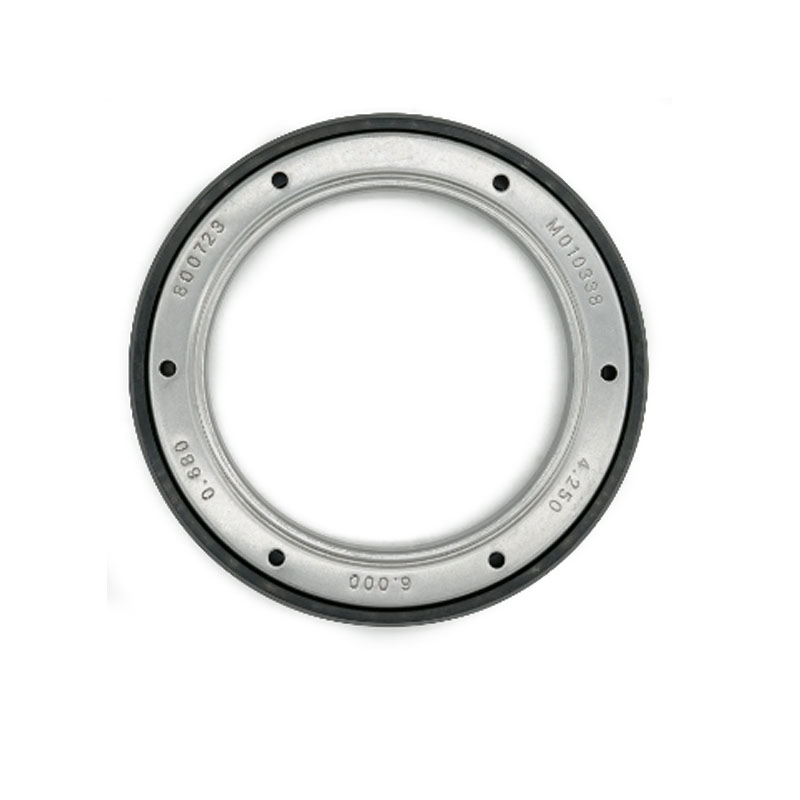Choosing the Right O-Rings and Seals for Optimal Performance in Applications
The Importance of O-Rings and Seals in Modern Engineering
O-rings and seals play a crucial role in modern engineering and manufacturing, serving as essential components in a wide range of applications. From automotive to aerospace, their primary function is to prevent the leakage of fluids and gases, ensuring the integrity and efficiency of systems. This article delves into the significance of O-rings and seals, their types, materials, and applications, highlighting their indispensable role in various industries.
Understanding O-Rings and Seals
An O-ring is a mechanical gasket in the shape of a torus, typically made from elastomers. When compressed between two surfaces, it creates a tight seal that prevents the passage of fluids or gases. Seals, on the other hand, include a broader range of sealing devices that can have various shapes and designs. Both O-rings and seals are critical in preventing leakage and contamination in systems where fluids, gases, or other materials are involved.
Types of O-Rings and Seals
There are several types of O-rings and seals, each tailored to specific applications and environments. The most common types include
1. O-Rings As the name suggests, these are ring-shaped and are used in static and dynamic applications. They are widely used due to their simplicity and effectiveness.
2. Gaskets Gaskets are flat seals typically used between two mating surfaces to prevent leakage. They can be made from various materials, including rubber, cork, and metal.
3. Quad-Rings (X-Rings) These are similar to O-rings but have a four-lobed design, offering better sealing performance in dynamic applications. They reduce friction and wear while improving the sealing capability.
4. Lip Seals Lip seals have a lip that creates a contact surface with the shaft, providing effective sealing against dirt and fluids. They are commonly used in rotating shafts.
5. Mechanical Seals These are used in pumps and other rotating equipment to prevent leakage between stationary and rotating parts.
Materials Used for O-Rings and Seals
The choice of material for O-rings and seals is critical to their performance. These components are manufactured from various elastomers and thermoplastics, each suited for different applications based on factors like temperature resistance, chemical compatibility, and durability. Common materials include
o rings and seals

- Nitrile (Buna-N) This is the most widely used material for O-rings due to its excellent resistance to oils and fuels
.- Fluoroelastomer (Viton) Known for its high-temperature resistance and ability to withstand harsh chemicals, Viton is often used in aerospace and automotive industries.
- Silicone This material is renowned for its flexibility and resistance to extreme temperatures but has limited mechanical strength and is less effective in high-pressure applications.
- EPDM (Ethylene Propylene Diene Monomer) EPDM is used in applications where resistance to water, steam, and weathering is crucial.
Applications of O-Rings and Seals
O-rings and seals find applications in various industries due to their versatility. Some notable applications include
- Automotive Industry O-rings are commonly found in engines, fuel systems, and braking systems, ensuring that critical fluids remain contained and operate efficiently.
- Aerospace In aviation, O-rings are used in fuel systems, hydraulic systems, and cabin pressure systems, where reliability and safety are paramount.
- Oil and Gas Seals are essential in drilling, refining, and distribution operations, where high pressures and temperatures can lead to significant challenges.
- Manufacturing In machinery and equipment, O-rings and seals are used to prevent lubricants from leaking, thus ensuring smooth operation and reducing maintenance costs.
Conclusion
In conclusion, O-rings and seals are vital components in modern engineering and manufacturing. Their ability to prevent leakage and enhance efficiency makes them indispensable across various industries. As technology advances and the demands for higher performance materials increase, ongoing research and development in O-ring and seal design will continue to drive innovation to meet the evolving needs of global industries. Understanding the importance and functionality of these components is essential for engineers and manufacturers striving for excellence in their respective fields.
-
Simplifying Oil Changes: A Comprehensive Guide to Oil Drain Plugs and Their Variants
News Aug.04,2025
-
Mastering Oil Drain Maintenance: Solutions for Stripped, Worn, and Upgraded Oil Plugs
News Aug.04,2025
-
Fixing Oil Pan Plug Issues: Leaks, Stripped Nuts, and the Right Replacement Solutions
News Aug.04,2025
-
Everything You Need to Know About Oil Drain Plugs: Sizes, Fixes, and Upgrades
News Aug.04,2025
-
Choosing the Right Oil Drain Plug: A Guide to Sizes, Materials, and Drain Innovations
News Aug.04,2025
-
A Complete Guide to Automotive Drain Plugs: Types, Problems, and Innovative Solutions
News Aug.04,2025
-
The Ultimate Guide to Car Repair Kits: Tools and Essentials Every Driver Should Own
News Aug.01,2025
Products categories















